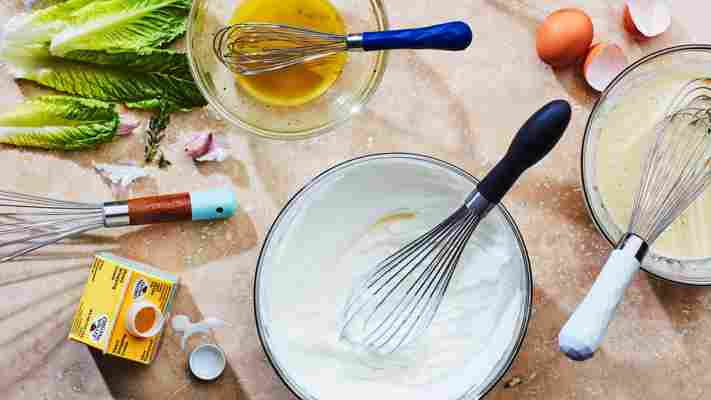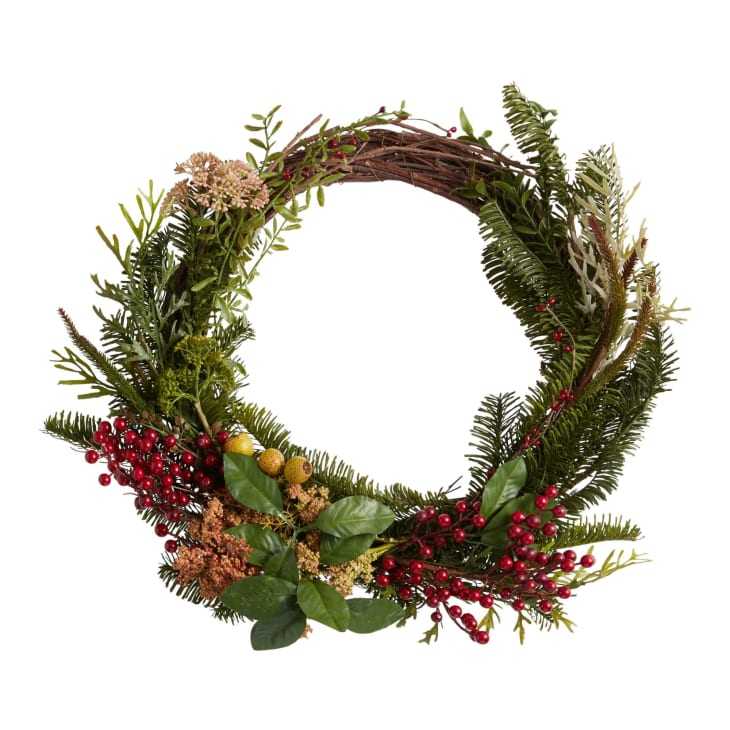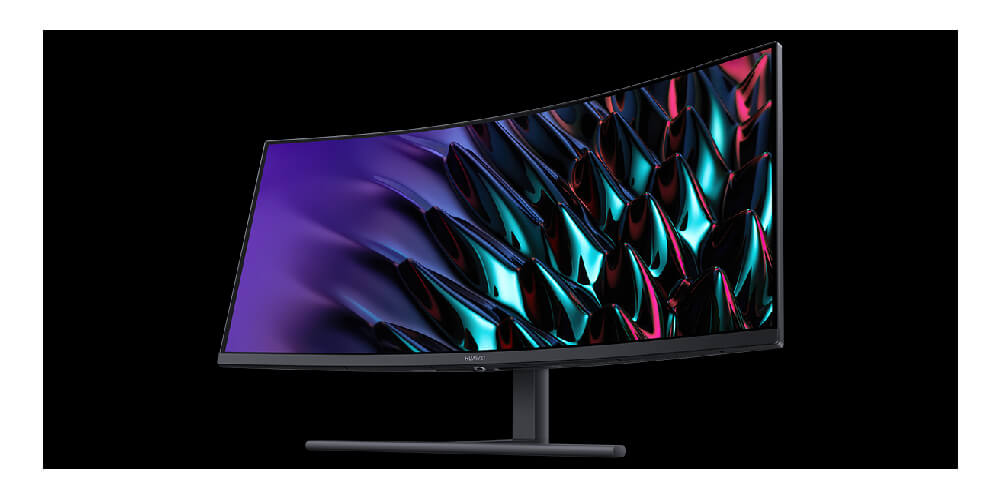LIGHTS UP on an empty apartment. You (reader) are sitting on the floor in an empty kitchen, eating takeout straight from the container. Glancing around at the bare cabinets and a box of hand-me-down utensils from an unnamed parental figure, you think to yourself, somewhat discouraged: “Where do I even begin?”

A booming voice breaks through off-stage, startling you. “This is Epicurious, fear not. We have put together a guide containing the essential kitchen tools for beginners. Let us help you through this journey.”
SCENE
Okay, maybe you’re newly independent, a recent grad, or just settling into your first apartment. Every home cook has to start somewhere. Here’s everything you need: a comprehensive list of cookware and tools to keep you well-equipped in the kitchen as you begin your cooking journey.
COOKWARE
Photo by Chelsea Kyle
Nonstick 10-Inch Pan
If you really are building a kitchen from scratch, the first thing you’ll need is a nonstick pan. For a rookie cook, these pans are low-maintenance to clean and very forgiving, provided you take care of them properly (no metal utensils or scrubbers!) They are also the pan to use to cook eggs, which tend to stick to stainless steel and cast iron.
Stock/Soup Pot
A standard soup pot can often function as the one pot in a one-pot meal. You will rely on a 6-quart pot to boil pasta, make soups and stews, or, if you are feeling bold, simmer homemade chicken stock. Okay, maybe you’re not making your own stock now, but someday you will. And when that day comes, you will say, “Oh! I’m glad I have this stock pot on hand already. Thanks, food website!”
3-Quart Saucepan
You don’t always need to heat 6 quarts of pasta water or chili, though. Especially when you’re cooking a meal for one, a 3-quart saucepan comes in handy. Reach for a saucepan when you're boiling frozen produce or preparing a stock from dashi or bouillon cubes. It’s also the perfect size for the inevitable beginner-cook meal: instant ramen.
Sheet Pans
The more you hang out in the kitchen, the more you will use your sheet pans. You need one for making cookies and for roasting vegetables. It’s the thing you put your tuna melt on when you want to pop it under the broiler. And if the dinner you planned turned into a disaster, you will need this pan to bring store-bought frozen foods like french fries and spanakopita back to an edible state.
Metal Cake Pan, 13 x 9 Inches
You can bake a cake in this guy, but we also recommend this multipurpose pan for all sorts of casserole-type cooking and any roasting that doesn’t happen on your sheet pan, like eggplant Parmesan or Thanksgiving stuffing. Sure, it isn’t as pretty as a glass casserole dish, but it’s much easier to clean, and it won't shatter if you drop it.
Nordic Ware 9x13 Cake Pan $13 at Amazon
PREP
Photo by Chelsea Kyle, Prop Styling by Beatrice Chastka
Nested Mixing Bowls
It’s always nice to have a bunch of bowls on hand when whipping up a meal, in the event you need to marinade meat, beat some eggs, or set aside some prepped vegetables. Mixing bowls can also moonlight as servingware, in case you’re having friends or parents over for dinner and want to prove that you can put together a composed meal.
Chef's Knife
Here at Epi, we take a strong stance against cutting off your own fingers. So if there’s anything to splurge on in a beginner kitchen, it’s a decent chef’s knife. Dull knives are prone to sliding around on slick produce, and they require greater applied force to cut effectively. Those two conditions are ideal for accidental hand slicing. You will likely reach for this tool every time you cook, so you might as well go with a high-quality blade. To keep your knife in good shape, we suggest sending it off to a professional sharpener every so often if you’re not ready to take on knife sharpening yourself.
Bread Knife
A large serrated knife is ideal for slicing through the crust and crumb of a loaf of bread without crushing it or tearing it into messy pieces. Using one of these is also the secret to getting the perfect tomato slice. Unless you’re a masterful knife wielder with a serious commitment to keeping your knives sharp, you’ll likely just smush your bread and tomatoes if you cut them with a straight blade knife.
Cutting Board, Plastic or reBoard
Where there be knives, there (should be) cutting boards. Resolve to make a habit of not ever cutting things on a plate or directly on the counter. Not only could you damage your knife and your counter, but you might also be risking cross-contamination and the introduction of microbes to your food. For beginner cooks, plastic or reBoard options are better than wood. In fact, consider getting more than one, so you can pull out a fresh one when you switch from prepping raw chicken to slicing onions.
OXO Good Grips Cutting Board $15 at Amazon
Tongs
You know those times when you're cooking where you wish that you could just use your hands, but know that doing would result in grave physical injury, e.g. retrieving long pasta from boiling water or flipping roasted vegetables in an oven? That is where tongs come in. Think of them as the closest hand-like non-hands you can find in the kitchen.
Colander
Without a colander, where are you gonna drain all that pasta you just made? And look at your sink. Is it really clean enough that you’d want to put all your produce directly into it to wash? No, that would be gross, which is why colanders exist.
OXO Good Grips 5-Quart Stainless-Steel Colander We love this OXO colander for its signature soft, non-slip handles, fast and thorough straining, and stable feet that plant firmly on your countertop or in your sink without toppling over. $30 at Amazon
Whisk
Trying to whisk something with a utensil that is not a whisk can be demoralizing. There's a reason that the word for the action and the object are the same: nothing whisks quite like a whisk. When it comes to making gravy, mixing pancake batter, or getting really fancy and whipping your own cream, you simply need one of these.
Ladle
Unless you are someone who eats exclusively solid food (if you exist, please contact us), you will need a ladle to transport any liquid-adjacent meal from the pot to your bowl, and subsequently to your mouth. Just try serving soup without one and you’ll quickly realize how essential it is.
Can Opener
It would be cool if every can came with a pull tab. But life is never that easy, and neither is attempting to open a can without a can opener. Be your own hero, and just buy one of these.
Oxo Good Grips Locking Can Opener w/ Lid Catch $17 at Amazon
Peeler
You got your potatoes, your carrots, your cucumbers, your beets; all things that might need a good peeling. Of course, some people like to leave the skin on their vegetables, but if you want to make apple pie, or cube some thick-skinned squash, a peeler is a godsend. They are small and cheap anyway, so you might as well get one.
Microplane and a Flat, Large-Holed Grater
Instead of a box grater, which is bulky and takes up a lot of space, get yourself these two handheld flat graters. The microplane’s smaller holes are great for granulating hard cheeses, zesting fruits, or grating spices like nutmeg; the larger-holed flat grater helps you shred cheddar and potatoes.
Metal Fish Spatula
It goes without saying that you will need a spatula, but before you reach for the square fry-cook variety, consider a fish spatula instead. Ignore the name, because it can do everything a normal spatula can, but better. It’s longer, thinner and made of more flexible metal so it can slide under delicate proteins like fish, but can handle pancakes, sausage patties, or anything else you might want to flip in a pan just as well.
Silicone Spatula
Maybe you don’t have any plans to take up baking. That’s totally fair. We still think you need one of these. There’s nothing like a silicone spatula to scrape honey, yogurt, or thick sauces out of a container, or to coax the dregs of a smoothie from the inside of your blender. If you do plan on baking in the future, a silicone spatula is essential for folding in whipped egg whites, dislodging batters from bowls, and spreading frosting.
Wooden Utensils
A set of wooden utensils are a good go-between for nonstick and metal. Both a spoon and a flat spatula will assist you in futzing with whatever thing you might be tossing around in a pan, and you can use them as servers once dinner’s on the table.
Spider
We see you are making some Trader Joe’s tortellini there. No, don’t run! It’s okay, we aren’t mad. Here, use this spider—a long handled mesh strainer often used for deep frying—to fish them out of the water.
Measuring Cups and Spoons
Recipes are all about balance, and if you just eyeball your ingredients based on how much you think a tablespoon and a cup are, buckle up for a wildly inconsistent time in the kitchen. If you want to make decent muffins or balanced salad dressing, you’ll need these tools to measure accurately.
Liquid Measuring Cup
A measuring cup with a spout and handle is far more friendly for measuring liquids than a set of cups like the ones above. We like how this one offers an overhead measurement view, which makes it easier to read.
Pepper Mill
When pepper is pre-ground, many of the volatile oils and flavor compounds inside the peppercorn begin to dull as they are exposed to oxygen. This is why freshly ground pepper is so much more potent and complex in flavor. But not only will it enliven your homemade cacio e pepe or what have you, a little pepper mill is just the embellishment to make your home feel like a charming Italian trattoria.
Cole & Mason Ardingly Wood Pepper Grinder $45 at Amazon
APPLIANCES
Photo by Chelsea Kyle, Food Styling by Laura Rege
Immersion Blender
Yes, this is our guide to the best kitchen tools for beginners, and yes, it has an immersion blender on it. If you only have one kitchen appliance at this point, make it this. The best immersion blenders on the market, like the one that won our product test, come with several attachments that allow it stand in for a food processor, blender, and electric beater. Eventually you may want to buy specialized appliances that really excel at each job, but until then, an immersion blender will be just fine. Just one safety note: Always, always be sure to unplug this whirring metal blade before you clean it.
All products featured on Epicurious are independently selected by our editors. If you buy something through our retail links, we may earn a small affiliate commission.












